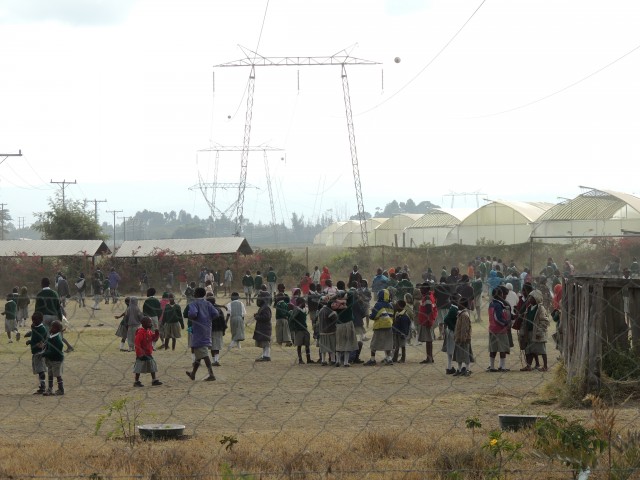Decarbonizing electricity production is central to reducing greenhouse gas emissions. Exploiting intermittent renewable energy resources demands power system planning models with high temporal and spatial resolution. We use a mixed-integer linear programming model – SWITCH – to analyze least-cost generation, storage, and transmission capacity expansion for western North America under various policy and cost scenarios. Current renewable portfolio standards are shown to be insufficient to meet emission reduction targets by 2030 without new policy. With stronger carbon policy consistent with a 450 ppm climate stabilization scenario, power sector emissions can be reduced to 54% of 1990 levels by 2030 using different portfolios of existing generation technologies. Under a range of resource cost scenarios, most coal power plants would be replaced by solar, wind, gas, and/or nuclear generation, with intermittent renewable sources providing at least 17% and as much as 29% of total power by 2030. The carbon price to induce these deep carbon emission reductions is high, but, assuming carbon price revenues are reinvested in the power sector, the cost of power is found to increase by at most 20% relative to business-as-usual projections.
PublicationJournal Article High-resolution modeling of the western North American power system demonstrates low-cost and low-carbon futures
Published:
April 7, 2012
Author(s):
Publication Type:
Journal Article
Associated Projects:
Abstract:
